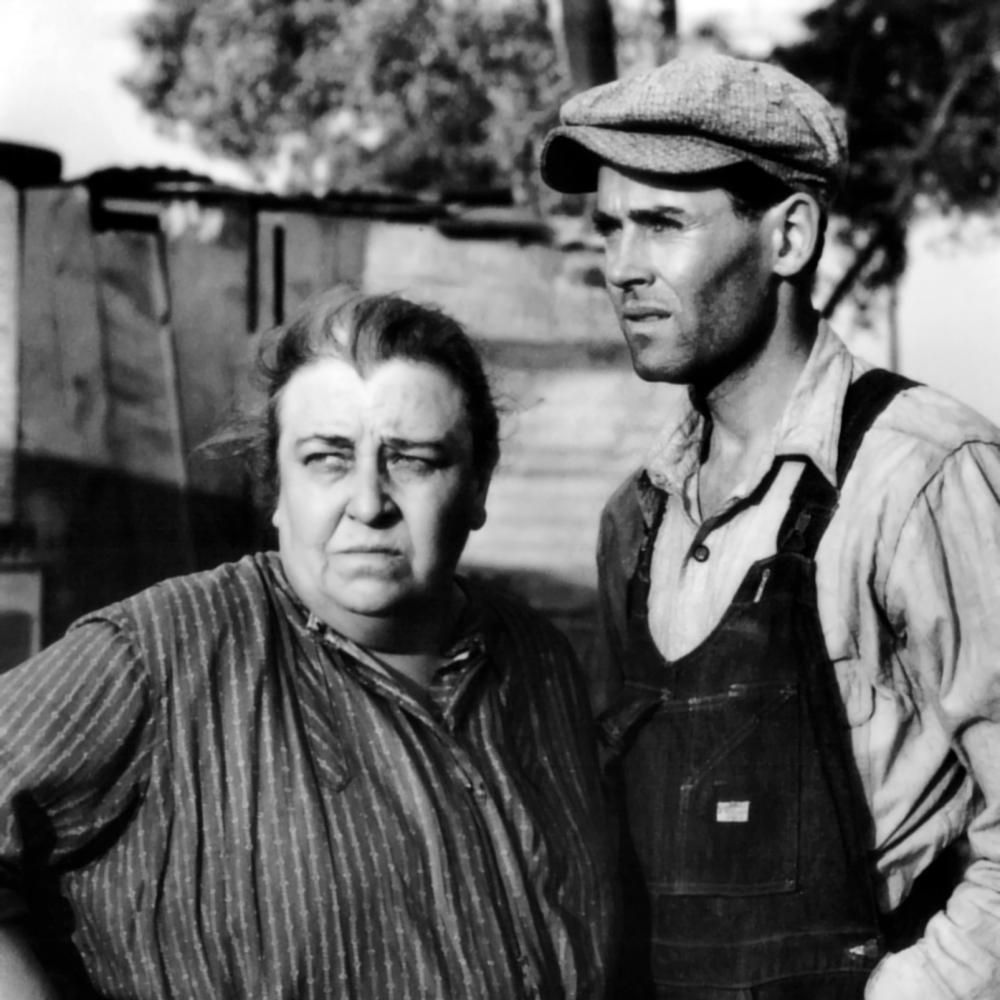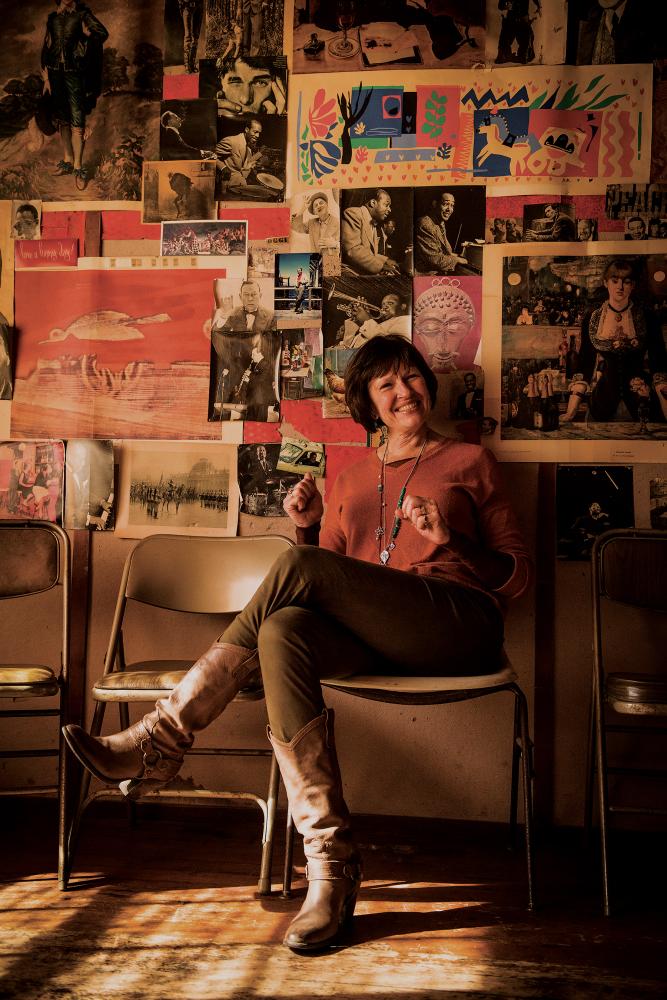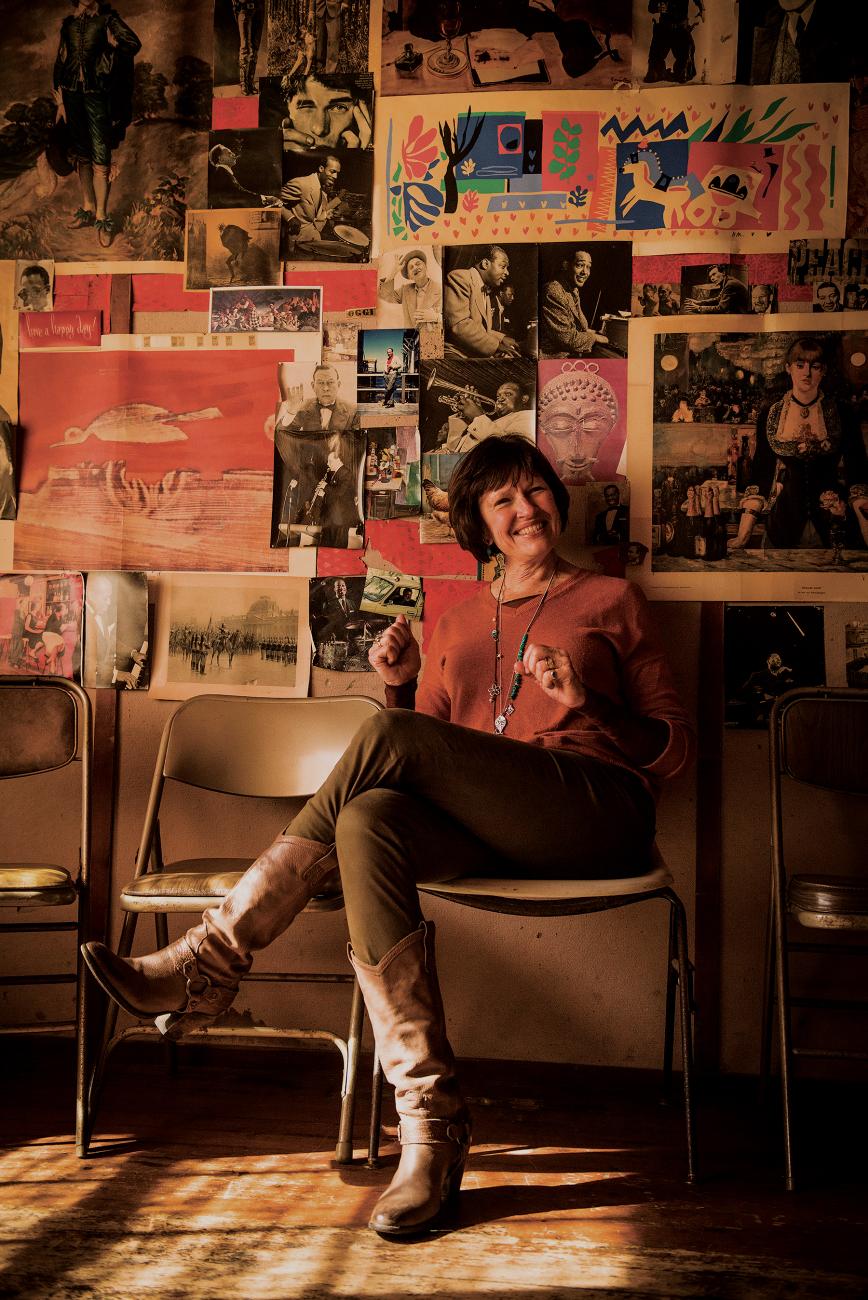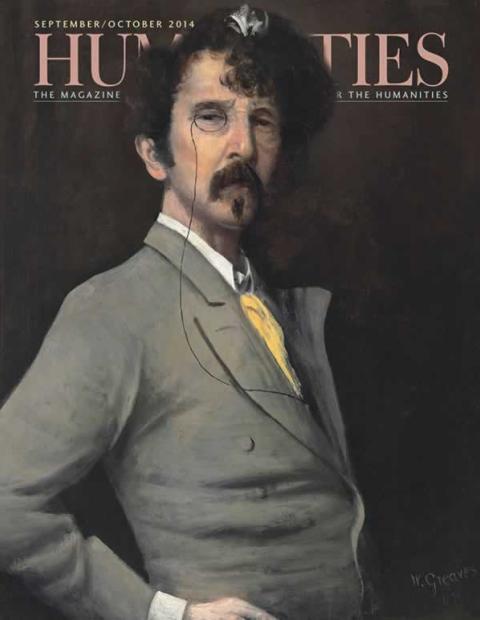For this edition of IQ we’re traveling west on Route 66 with Susan Shillinglaw as she takes us into John Steinbeck’s world. Shillinglaw is professor of English at San Jose State University and scholar-in-residence at the National Steinbeck Center. Her books include On Reading the Grapes of Wrath and Carol and John Steinbeck: Portrait of a Marriage. She has also conducted three NEH-supported summer institutes for schoolteachers on Steinbeck’s work.
When did you first encounter Steinbeck?
I read Steinbeck in junior high, The Red Pony. I didn’t like stories where the horse or dog or deer died, so I wasn’t a big Steinbeck fan at first. He caught up with me after graduate school!
What did you think of The Grapes of Wrath on your first read?
I read the novel in high school, as do many students. But I think it’s a book to reread—and to reread when you’ve experienced a bit of life, when you know what it feels like to lose a home, for example, or be denied a job again and again or experienced prejudice or had to work hard with your hands.
What do you get out of it now?
I appreciate Ma Joad more and more. She’s so empathetic and patient with Pa and Rose of Sharon and the others who don’t really want to change. Ma is adaptable and generous.I love it when she says, in effect, if you want someone to help you, ask someone who is poor. And she doesn’t whine or criticize the recalcitrant Uncle John. She accepts her Joads.
You note that “heart” is the word most associated with The Grapes of Wrath. What gives the book heart?
Consider that this is a book that opens with a guy coming out of jail, heading home. Tom has to learn how to be part of a family again—his own and then with other migrants. He’s a little angry, a little resistant, a little quick tempered. But Tom learns from Casy and Ma and his experience on the road that he could be part of something larger than himself. So the book is about the education of Tom’s heart—as well as Rose of Sharon’s. Characters adapt.
And I think that the heart in this book is also Steinbeck’s own. When he composed the journalistic pieces that were his inspiration for The Harvest Gypsies, he was witness to others’ struggles. He was not a migrant, not poor at that point in his life. But his distance from his subject and his shock at what he saw in the roadside camps, where people were starving, allowed him to see the migrants clearly, to see with fresh and startled eyes.
Carol, Steinbeck’s wife, encouraged him to “stay with the detail” as he wrote. What details resonate for you?
I really love the description of Tom skinning a rabbit for dinner with Casy and Muley—maybe because one of my earliest memories—and a strange one at that—is collecting rabbit tails from the rabbits my older brother trapped. I also love the description of spring in California, the opening of Chapter 25. And I love all the items in the case at the truck stop and Bing Crosby’s music in the background. I love how the Joads are stunned into silence at their first view of the Central Valley—haven’t we all seen landscapes like that, ones so vast we are awed? At that point Steinbeck makes us feel the Joads’ anticipation and the power of their California dreams.
Favorite character?
Well, I’ll have to say that Ma is my favorite character, not only in her feisty resilience (those weapons she wields!), but also in her tough love toward Rose of Sharon.
But Uncle John is the character who niggles at me. Why is he guilty throughout? Why so troubled? Why include this character among the Joads? I always ask my students these questions. Steinbeck based this character on his own beloved Uncle Tom, a man haunted by guilt—but a kind man as well.
In your summer institute, you take the schoolteachers to Monterey Bay to observe an animal for an hour. What’s the connection to Steinbeck?
Steinbeck’s closest friend from 1930 to 1948 (the year he was killed by a train) was Edward F. Ricketts, a marine biologist (Doc in Cannery Row) who studied the intertidal all his life. After Steinbeck completed The Grapes of Wrath, he said he would become a scientist. He and Ricketts (and Carol and crew) went on a six-week trip to the Sea of Cortez.
Taking NEH scholars into the intertidal not only replicates experiences that Ricketts and Steinbeck had in 1940 in the Sea of Cortez, but it also helps them understand what Steinbeck and Ricketts meant by “participation.” See clearly. Study connections. Understand the whole. There is no better way to understand ecological holism than to study the intertidal patiently, deliberately. For both Steinbeck and Ricketts, humans were another species in a particular environment, not dominating place by living in place--connected to land and other species and weather and the history and economics of the region.
Piece of Steinbeck writing that deserves more readers?
Cannery Row is a favorite of mine--so much fun to teach. And it's a book that insists that parts create a greater whole. I think that The Pastures of Heaven is also a wonderful text to teach and read.




